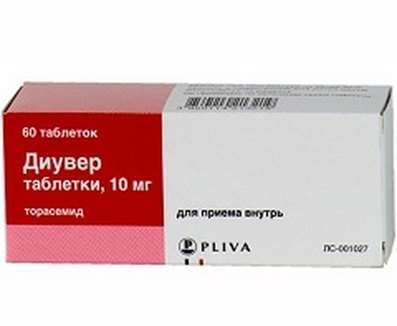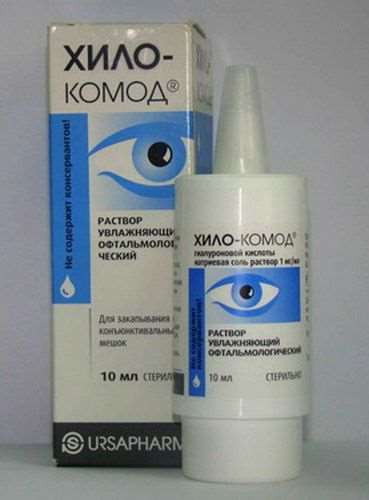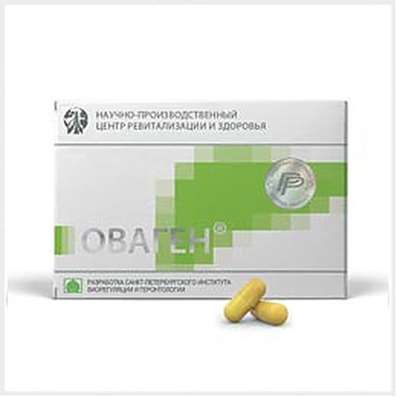Instruction for use: Betaserc
I want this, give me price
Dosage form: tablets
Active substance: Betahistine*
ATX
N07CA01 Betahistine
Pharmacological groups:
Angioprotectors and microcirculatory correctors
Histaminomimetics
The nosological classification (ICD-10)
H81.0 Meniere's disease: Meniere's syndrome/ disease; Meniere's disease; Meniere's syndrome; Labyrinth dropsy; endolymphatic hydrops
H81.2 Vestibular neuronitis: Vestibular neuritis; Vestibular neuritis; Cochleovestibular neuritis
H81.4 Vertigo of central origin: Vertigo labyrinthine origin; vestibular vertigo; Vertigo of vascular origin
H81.9 Unspecified Violation of vestibular function: Labyrinth, vestibular disorders; Labyrinth disorders; vestibular nystagmus; kohleovestibulyarny disorder; Kohleovestibulyarny syndrome vascular origin; Violation of the microcirculation in the maze; Ischemic disorders of hearing and balance
H91 Other hearing loss: Age-related vascular hearing loss; Age-related vascular drop in hearing; Age-related hearing impairment; Idiopathic hearing loss; Decreased acuity of hearing; Hearing loss; Deteriorating hearing of vascular or toxic origin; Perceptual hearing loss
H93.1 Tinnitus (subjective): Tinnitus; kohleovestibulyarny disorder; Cochle-vestibular disorders ischemic nature; tinnitus
R11 Nausea and vomiting: Postoperative vomiting; Nausea; Vomiting; Vomiting in the postoperative period; Vomiting medication; Vomiting in the background of radiation therapy; Vomiting uncontrollable; Vomiting in radiation therapy; Persistent vomiting; Indomitable vomiting; Postoperative nausea; Vomiting with chemotherapy; Vomiting of the central genesis; Vomiting with cytotoxic chemotherapy; Persistent hiccups; Repeated vomiting
R42 Dizziness and disturbance stability: vertigo; Dizziness; Dizziness and nausea during travel on transport; disorders of balance; vestibular disorders; disequilibrium; Ischemic disorders of hearing and balance
R51 Headache: pain in the head; cephalgia; Pain in sinusitis; Pain in the neck; Pain headache; Headache vasomotor origin; Headache vasomotor origin; Headache with vasomotor disturbances; Headache; Neurological Headache; Continuous headache
Composition and release form
Tablets - 1 table.
active substance: Betahistine hydrochloride 8 mg; 16 mg
Auxiliary substances: MCC; Mannitol; lemon acid; Silicon dioxide; talc
In the blistere 5 pcs .; In a pack of cardboard 6 blisters.
Pharmachologic effect
Mode action - improving microcirculation.
Pharmacodynamics
Betaserc® (betagistin) acts mainly on the histamine H1 and H3 receptors of the inner ear and vestibular nuclei of the central nervous system. By direct agonistic action on the H1 receptors of the vessels of the inner ear, and also indirectly through the effect on the H3 receptors improves the microcirculation and permeability of the capillaries, normalizes the pressure of the endolymph in the labyrinth and cochlea. At the same time, betagistin increases blood flow in the basilar arteries. Betaserk® also has a pronounced central effect due to the effect on the H3 receptors of the vestibular nerve nuclei. Normalizes the conductivity in the neurons of the vestibular nuclei at the level of the brainstem. Clinical manifestation of these properties is a decrease in the frequency and intensity of dizziness, a decrease in noise in the ears, and improvement in hearing in the event of a decrease in it.
Indications for the Betaserc
Vestibular dizziness;
Syndromes characterized by dizziness and headache, noise in the ears, progressive hearing loss, nausea and vomiting;
Disease / Meniere's syndrome.
Contraindications
Hypersensitivity to any of the components of the drug;
Pheochromocytoma;
Peptic ulcer of the stomach and duodenum in the phase of exacerbation.
Side effects
There may be gastrointestinal disorders (nausea, a feeling of heaviness in the epigastrium), which can be prevented by taking the drug after a meal or by lowering the dose. In very rare cases, there have been reports of hypersensitivity reactions from the skin, in particular skin rash, itching and urticaria.
Interaction
Cases of interaction or incompatibility with other drugs are unknown.
Dosing and Administration
Inside, 8-16 mg 3 times a day. Improvement is usually noted already in the first days of treatment. A stable therapeutic effect is achieved within 2 weeks of treatment and increases with taking the drug for a month or more.
The dose and duration of the drug intake are selected individually according to the response to the treatment.
Precautionary measures
Care should be taken when treating patients with gastrointestinal ulcer in history. Patients with pheochromocytoma and bronchial asthma should be observed regularly during the treatment period. Do not prescribe Betaserc® during pregnancy and lactation.
Impact on the ability to drive and other mechanisms
Observations showed that Betaserc® does not affect the ability to drive a car or work on machines and mechanisms.
Storage conditions of the drug Betaserc
In a dry place, at a temperature of no higher than 25 ° C.
Keep out of the reach of children.
Shelf life of the drug Betaserc
Tablets 8 mg - 5 years.
Tablets 8 mg - 3 years.
Tablets 16 mg - 5 years.
Tablets 16 mg - 3 years.
Do not use after the expiry date printed on the package.

 Cart
Cart





